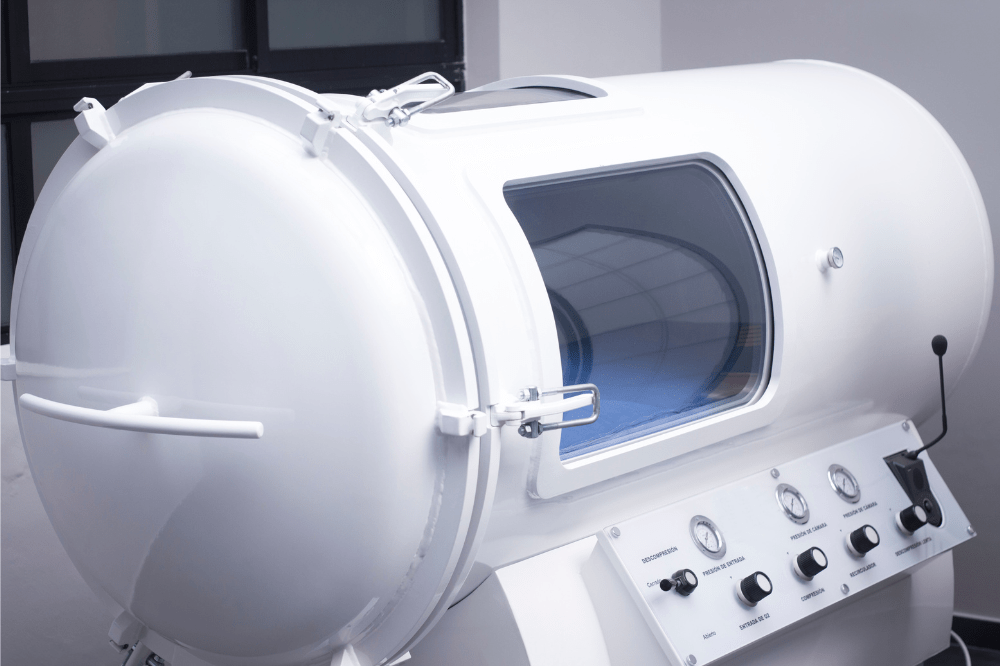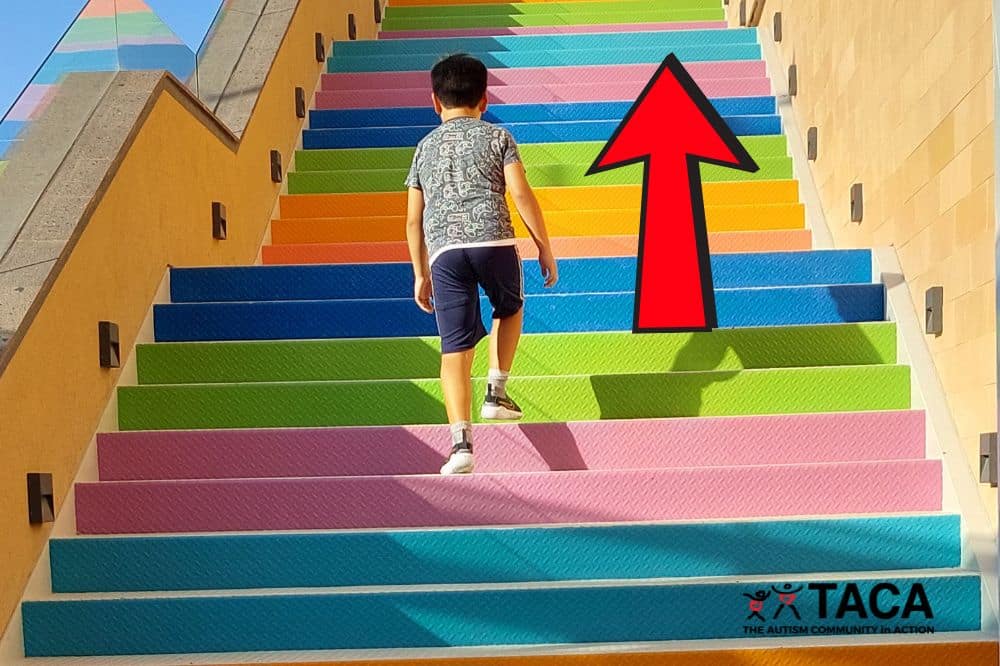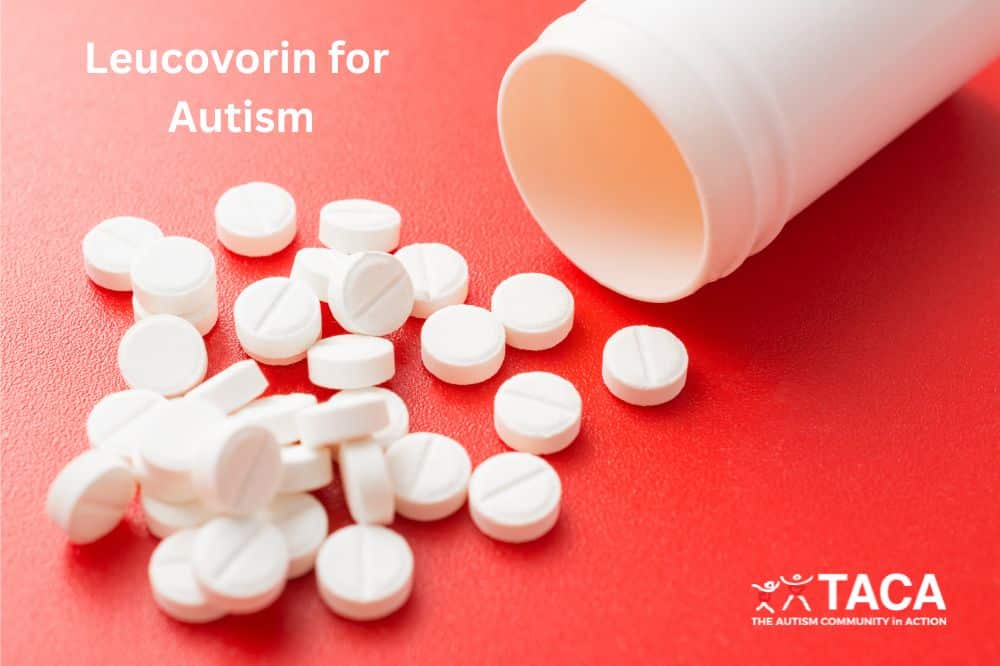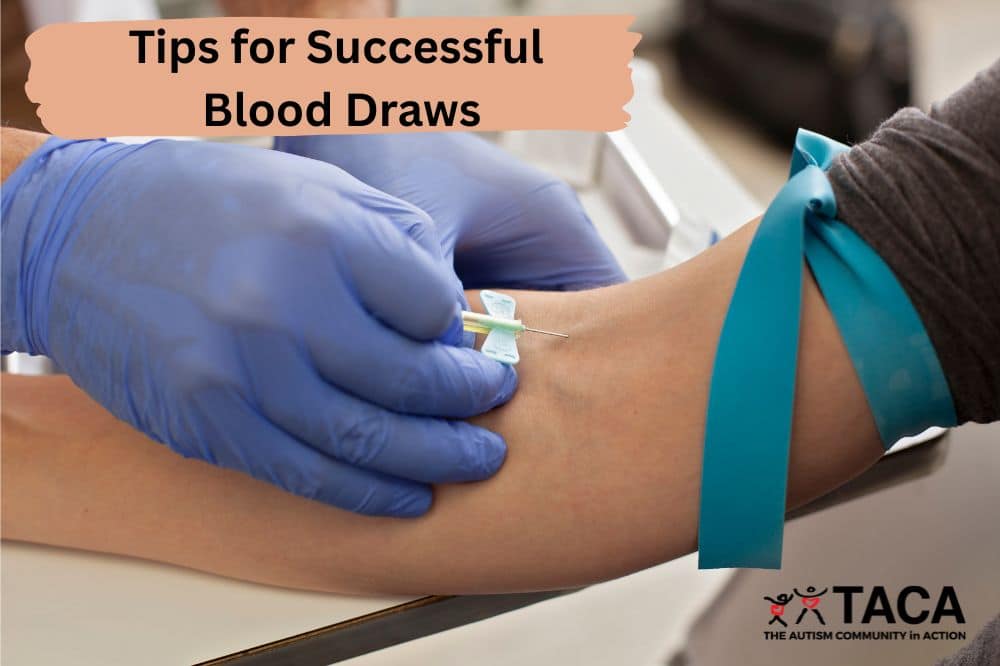Hyperbaric Oxygen Therapy for Autism

All contents of this resource were created for informational purposes only and are not intended to be a substitute for professional advice, diagnosis, or treatment. Always seek the advice of your physician, therapist, or other qualified health providers with any questions or concerns you may have.
Hyperbaric Oxygen Therapy (HBOT) has long been used for patients diagnosed with autism and other co-morbid medical issues.
What is HBOT?
Mild HBOT is a safe, effective way to get more oxygen into the body at the cellular level by using pressurized air chambers. Diving in a hyperbaric oxygen chamber brings oxygen-rich plasma to tissue starved for oxygen.
Researchers are studying the effects of HBOT for children affected with autism to see if it helps treat co-morbid issues such as:
- Gut and brain inflammation
- Blood flow to key areas of the brain
- Gut dysbiosis
What are the Types of HBOT?
There are two types of HBOT therapy prescribed by physicians. Providers have varying opinions on which treatment is best. This information is provided as an overview to parents considering this treatment for their children. Please note that HBOT requires a prescription, and HBOT is rarely covered by insurance unless there is another diagnosis besides autism that the HBOT is targeting.
100% Oxygen
- 100% oxygen is approved for in-clinic use only following precise manufacturer specifications.
- This is known as a “hard chamber”.
- This is at 2-3 ATA or two to three times the atmospheric pressure at sea level.
- For safety reasons, electronics of any kind ARE NOT ALLOWED in the units.
- Some providers have wired their units for music or for watching videos on DVD with viewing portholes.
Ambient or Concentrated Oxygen
- Used in-home or in some doctor’s offices
- This is known as a “soft chamber”
- Most soft chambers have been approved for home use and do not use 100% oxygen.
- Soft/portable in-home hyperbaric chambers typically use an oxygen concentrator which is purchased separately.
- Regular air generally contains mostly nitrogen and about 21% oxygen.
- A concentrator filters the air providing a higher level of oxygenation to the air in the chamber.
- Using an oxygen concentrator, the pressurized chamber air is debated to contain between 40-80% oxygen.
How Do I Access HBOT?
Talk to your doctor about what type of HBOT would be recommended for your child.
If a hard chamber, then you will need to find a clinic that provides this service.
- You can find more info on this on this website: HyperBaric Aware
If your doctor recommends a soft chamber, there are several ways to access one. Options include:
- Rent a chamber and oxygen concentrator for your home for a specified amount of time.
- Google “how to rent a hyperbaric oxygen chamber” and you will find that many places offer this service.
- It is a lower-cost way to find out if your child is a responder to HBOT or not.
- Buy a chamber and oxygen chamber for your home use
- We do not recommend spending this much money until you know your child is a responder.
- Find a local practitioner who offers this therapy in their office.
Typical HBOT Treatment Protocol
HBOT treatments are usually done in “rounds”.
- A typical round is 40 dives. Ask your doctor about what schedule is right for your child.
After 40 dives are completed, the body and brain are given a rest.
The prescribing doctor will tell you how long to rest, but typically it is at least a few weeks to a month.
During the rest period is often when many families see gains.
Supporting the Body during HBOT
No matter the type of HBOT you choose, remember to support the body during this therapy.
Antioxidants
- Antioxidants are important because HBOT can cause additional oxidative stress to patients.
- Examples include Vitamin C, Vitamin E, CoQ10 (or Ubiquinol), glutathione, selenium
Antifungals
- These are important because HBOT can flare yeast.
- Learn more about Yeast Overgrowth in Autism here.
Mitochondrial supports
- Use mitochondrial supports because HBOT taxes the mitochondria, much like exercise taxes the muscles.
- Learn more about mitochondrial support in the TACA article on Mitochondrial Dysfunction in Autism
- *NOTE: It is wise to run a mitoswab test before starting HBOT because there is a small subset of kids that cannot make compensatory mitochondria when the existing mitochondria are stressed. For these kids, HBOT is not an advised therapy.
Supplement dosing is based on the age, weight, and testing of the patients.
Please see your doctor for additional information and dosing recommendations for your child.
Questions to Ask HBOT Providers
Each clinic has a different way of delivering HBOT therapy. Try to interview at least two providers before you make a selection.
The following questions will help you find an HBOT therapy provider that fits your needs:
- What does the child wear?
- Can a supervising adult go in the chamber as well?
- If you have two children with autism, can you get treatment for both at the same time?
- Is there an additional price for treating two children?
- What is the actual treatment time (at full pressure)?
- What can the child play with while receiving treatment in the chamber?
- Can the child watch a movie or play games on an iPad?
- Does your clinic have experience working with children affected by autism?
- If so, ask them to describe the experience.
- Does your clinic allow us to have a meet-and-greet prior to our appointment for therapy?
- Does your clinic bill insurance directly or is pre-payment required?
- If pre-payment is required is there a discount for upfront pre-payments?
- Does your clinic have staff that is medically supervising HBOT?
- Will your clinic follow your doctor’s prescription?
- How is therapy administered?
- For example, do treatments occur on consecutive days? Open on weekends?
Research
These recent studies on HBOT and Autism show promise for using HBOT for autism.
(2020) The effectiveness of hyperbaric oxygen therapy (HBOT) in children with autism spectrum disorders
“Eight components of the ATEC and CARS scales as well as the CARS total score revealed statistically significant improvements.”
(2021) Effect of hyperbaric oxygen therapy and Tomatis sound therapy in children with autism spectrum disorder
“We found that the combination of Tomatis sound therapy with hyperbaric oxygen therapy had a superior effect in improving autism symptoms than each intervention alone.”
(2022) Hyperbaric Oxygen Therapy Alleviates Social Behavior Dysfunction and Neuroinflammation in a Mouse Model for Autism Spectrum Disorders
“Our research suggests that HBOT has the potential to improve the clinical outcome of ASD by ameliorating some of the core pathophysiological processes responsible for the development of the disorder.”
(2023) Therapeutic Impacts of Hyperbaric Oxygen Therapy and Risperidone on Children with Autism: A Clinical Trial
180 children with autism, aged 5-8 years were divided into three equal groups
- Group 1 received 40 sessions of HBOT within two months
- Group 2 received risperidone (dose: 0.25 mg per day in children weighing less than 20 kg and 0.5 mg per day in cases weighing more) for six months
- Group 3 as the control group, received a placebo for six months.
Results: “Using HBOT or risperidone is effective in treating the core symptoms of autism in children diagnosed with autism spectrum disorder, but using HBOT gives better results than risperidone therapy.”
(2024) The Effects of Hyperbaric Oxygen Treatment on Verbal Scores in Children With Autism Spectrum Disorder: A Retrospective Trial
The control cohort received applied behavior analysis (ABA) without HBOT.
The experimental cohort received ABA and a minimum of 40 HBOT treatments, breathing 100% oxygen at 2.0 atmosphere absolute (ATA) for 60 minutes.
“The children in the experimental cohort acquired more verbal skills than their counterparts in the control group.”
(2024) Effects of hyperbaric oxygen therapy on autistic behaviors and GRIN2B gene expression in valproic acid-exposed rats
“Our results indicated that HBOT significantly increased social interaction and exploratory behaviors in VPA-exposed rats, alongside elevated GRIN2B gene expression in their frontal lobe.
Our findings imply that HBOT might have a potential role in ameliorating autism-related behaviors in the VPA rat model of autism through potential modulation of GRIN2B gene expression. However, additional research is essential to fully comprehend the underlying mechanisms and refine the HBOT protocol for optimizing its effectiveness in improving autism-related symptoms.”
(2025) The effectiveness of hyperbaric oxygen therapy in children and adolescents and with autism spectrum disorders: A systematic review and meta-analysis
“Hyperbaric oxygen therapy has the potential to alleviate symptoms in children and adolescents with autism spectrum disorders.”
Conclusion
HBOT can be beneficial to some kids with autism. Discuss with your doctor if HBOT may be an effective therapy for your child.




